From the Eastern-most point of Maine, Zone 5 stretches down to Lake Eerie, slips into the Michigan mitten, and spreads from Lake Michigan to Denver, where the Rockies scatter it across the Western states. This zone is divided in two, with 5B having somewhat milder winters than 5A. Knowing your zone is particularly important when picking perennials, but it offers advantages for annuals as well. We've put together some of the best annuals for 5B.
For spots in your garden with full sun, try out these stunning annuals:
- Lisianthus
- Marigolds
- Poppies
- Sweet Alyssum
- Ageratum
- Cosmos
- Zinnias
- Celosia
- Spider Flowers
- Sweet Peas
For shady spots, consider growing these lovely annuals instead:
- Begonias
- Impatiens
- Cineraria
- Wishbone Flowers
In this article, we'll take a closer look at each of these flowers. We'll see what makes them shine, as well as some tips for how to get the most of them in zone 5B's growing season. Read on to learn all about it!
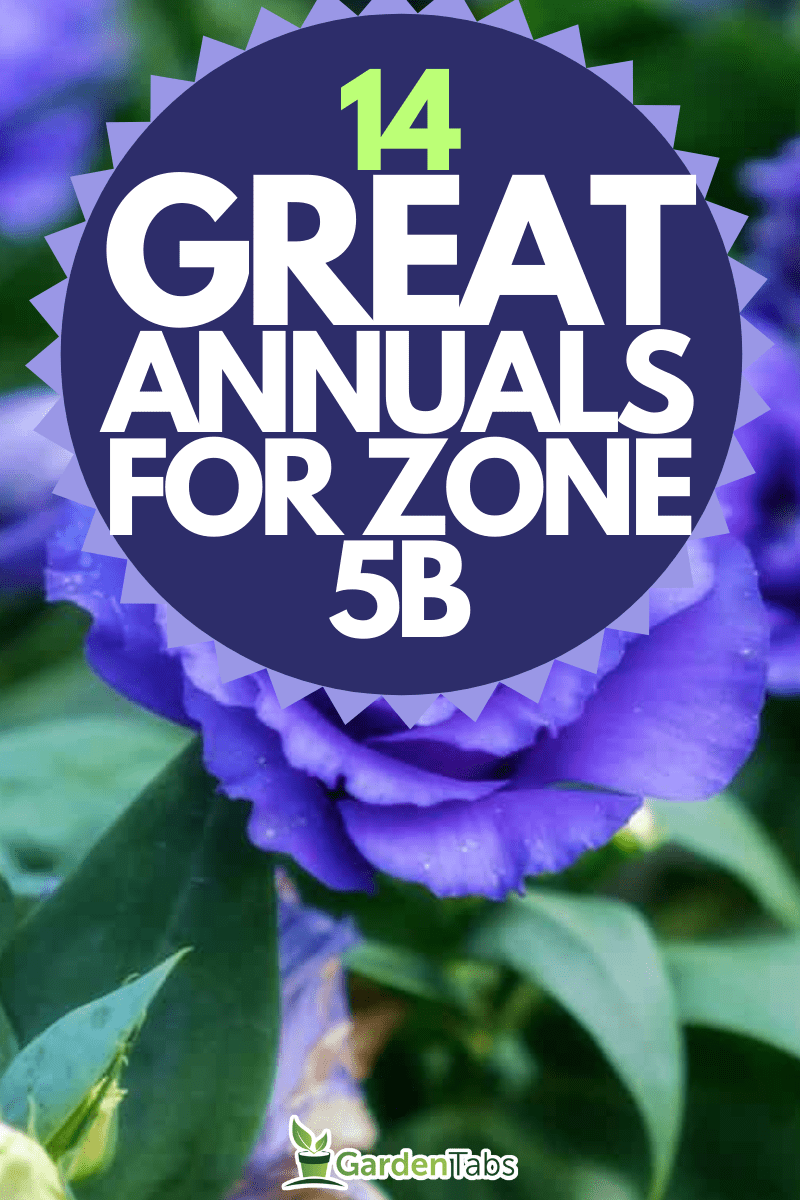
Sun-Loving Annuals
Sunny garden spots are coveted real estate, especially in colder zones. Make the most of your brightly blessed areas with these annuals that make the most of some photosynthetic fortification.
1. Lisianthus
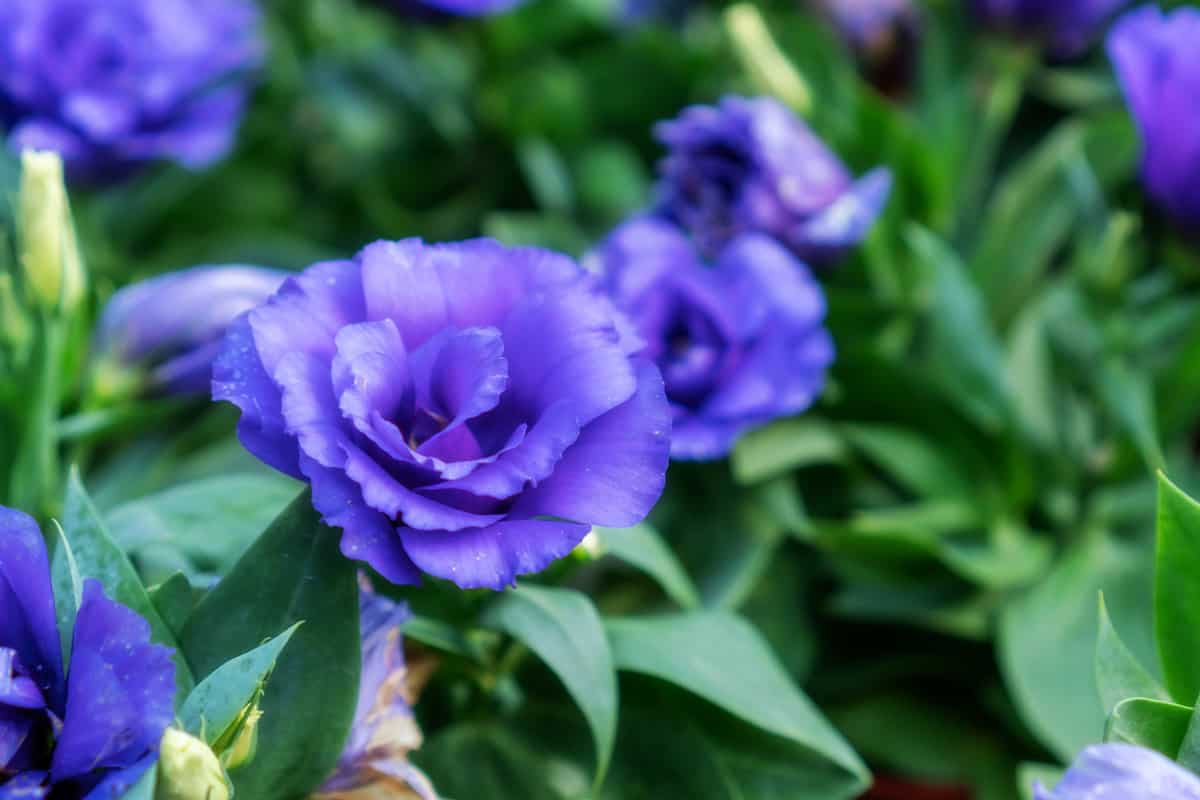
Lisianthus produces beautiful flowers with a rose-like petal pattern. Unlike roses, though, these flowers hold up well when cut. This trait has made them prized among florists who make arrangements for special occasions.
Most lisianthus flowers are blue or violet, but there are a multitude of varieties in different colors. Some other common colors are white and pink, but there are even red, yellow, and two-toned lisianthus varities.
Like many of the flowers we'll see today, lisianthus is actually a perennial, but is more often grown as an annual. While it is cold hardy for zones 8 - 10, this lovely flower can't take the cold winters in zone 5B. It also grows slowly, so you'll be best off buying nursery-raised lisianthus and planting them in Spring after the final frost.
2. Marigolds

Given their name and sun-loving nature, it's no surprise that marigolds come in sunny hues that can brighten up any garden. Their warm-colored, carnation-like blossoms aren't their only desirable feature, though. These annuals also grow quickly and can attract butterflies while repelling undesirable pests.
Because marigolds grow quickly, they are easy from seed. In zones with longer warm months, you can start them in seed right in the soil, but in zone 5B, your best bet is to start them indoors. Their seeds need soil temperatures between 70º and 75º Fahrenheit to germinate and 4 to 14 days.
If you start your seeds a couple of months before the last frost, you will have garden-ready seedlings in Spring, ready to be planted in your sunniest spot.
3. Poppies
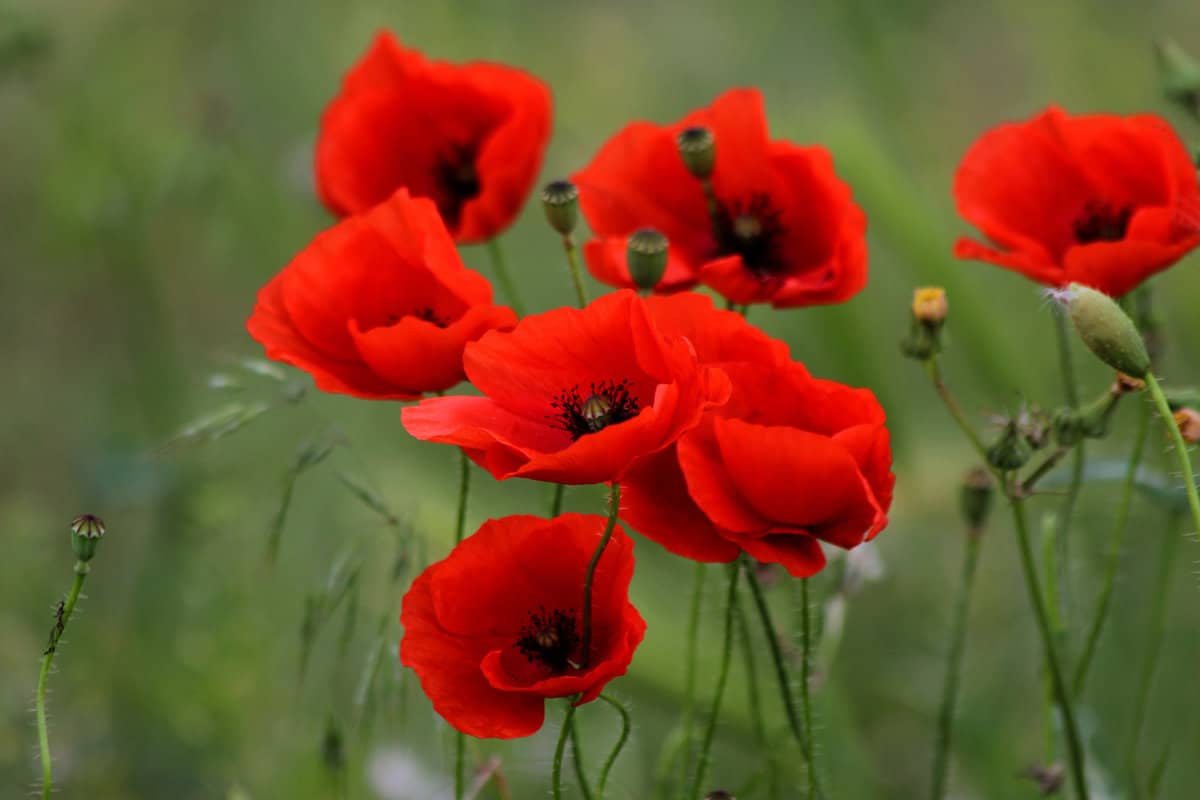
While most poppies are perennials, they are often grown as annuals. Because many perennial poppies are decently cold-hardy, you can find varieties for either approach that grow well in zone 5B.
The annual field poppy is a popular choice for wildflower gardens. Poppies in general, but this variety specifically, are a symbol honoring the soldiers who fell during World War I.
Because poppies are sensitive when transplanting, it's best to sow them directly in prepared soil in spring or autumn.
4. Sweet Alyssum
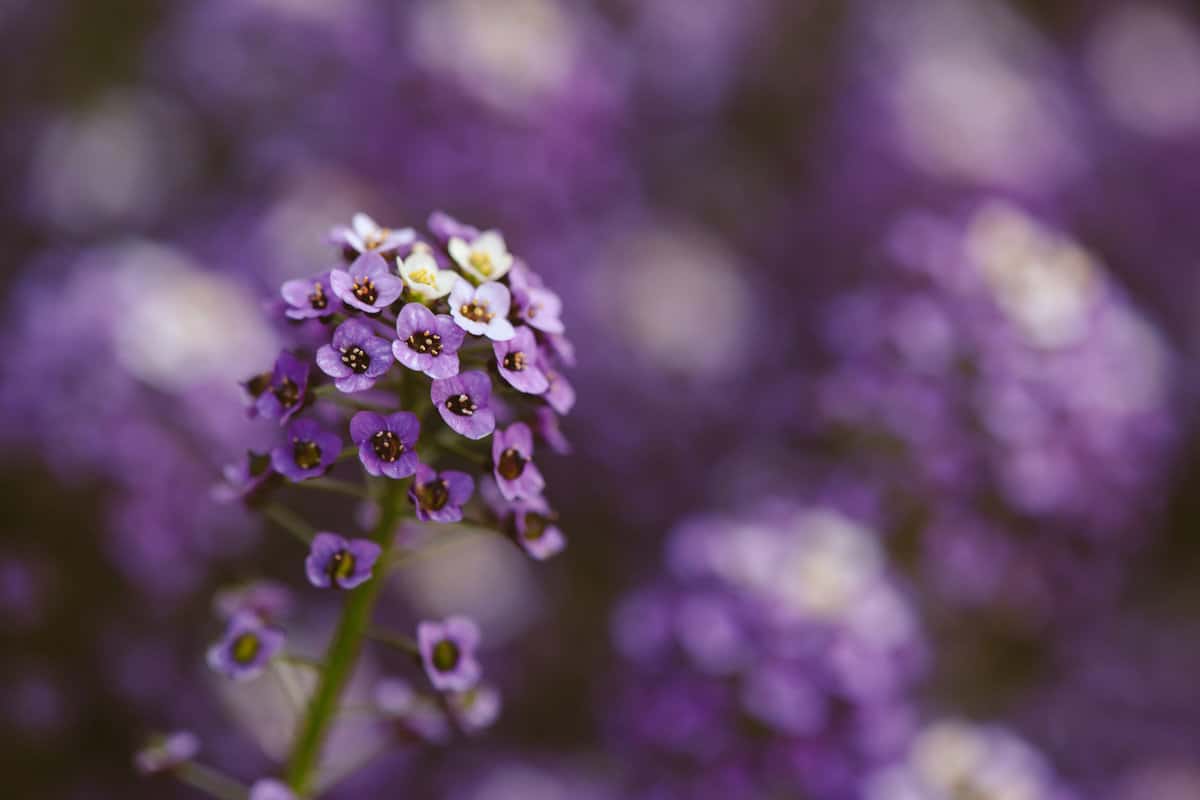
Sweet alyssum is another fast-growing annual that's perfect for the shorter growing season of zone 5B.
We've put sweet alyssum on our "sun-loving" list because they will reward you with more flowers in full sun. However, they also grow well in partial shade, making them a flexible annual that fits most spots in the garden.
Sweet alyssum is also more cold-hardy than many annuals so they can tolerate a bit of frost. However, this is only true after they are well established. Make sure the threat of frost has passed before you sow seeds or plant young seedlings outside. You can also start seeds inside, then transplant them after the last frost.
5. Ageratum

Ageratum is well-loved for its pompom-like flowers that typically come in violet or blue. It is another perennial that most gardeners grow as an annual, especially in cooler zones.
Ageratum doesn't do well with cold, which is why this perennial is only hardy for zones 10 and 11. However, they make a great addition to the colder zones as annuals.
Because this "floss flower" shuns the cold, you'll want to plant them outdoors after the last frost. To get a head start, you can get a starter from a nursery or start your seeds indoors two months before the last frost.
6. Cosmos
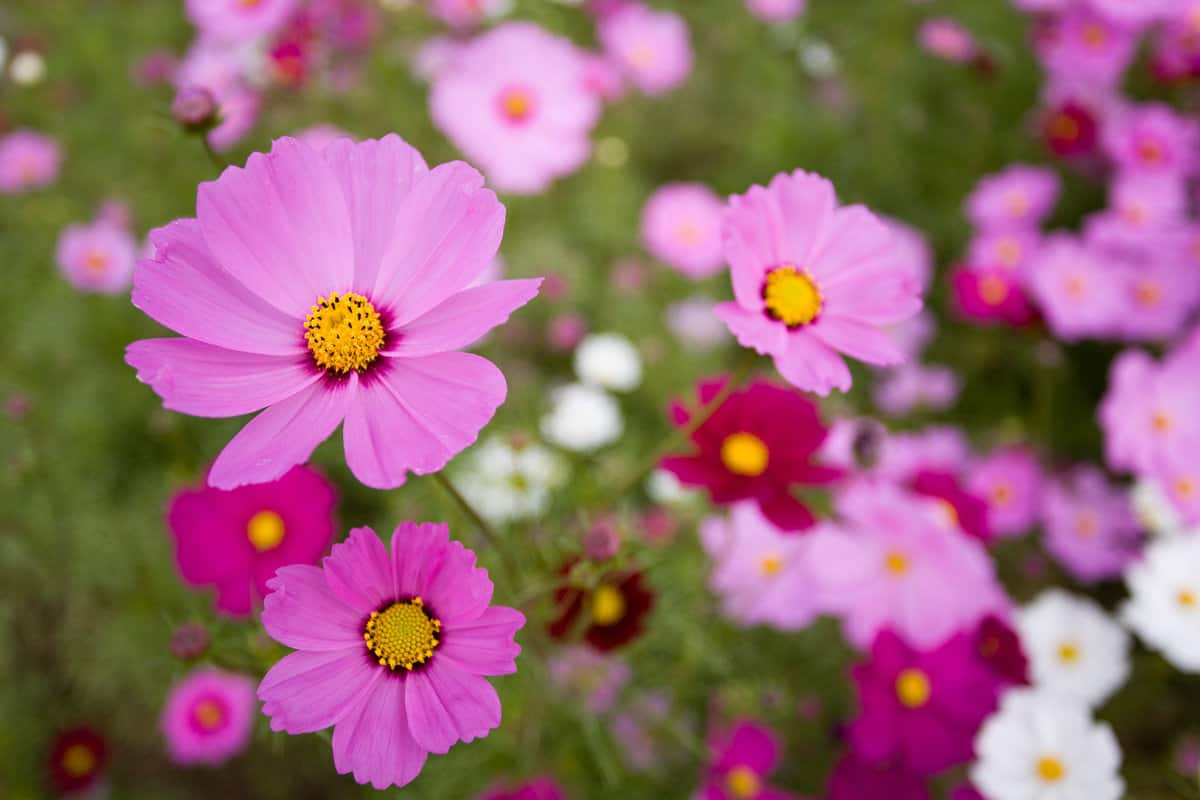
Cosmos are daisy-like flowers that come in a wide variety of colors, from warm reds and oranges to bright whites to soft pastels.
They are also easy flowers to care for. They can handle poor soil and do better when not fertilized. However, they do need plenty of sunlight to reach their full flowering potential.
Cosmos are fast growing and often flower around two months after germinating. Just make sure you don't sow them outdoors until after the last frost, as they are sensitive to the cold. You can start the seeds indoors one to two months before the last frost.
7. Zinnias
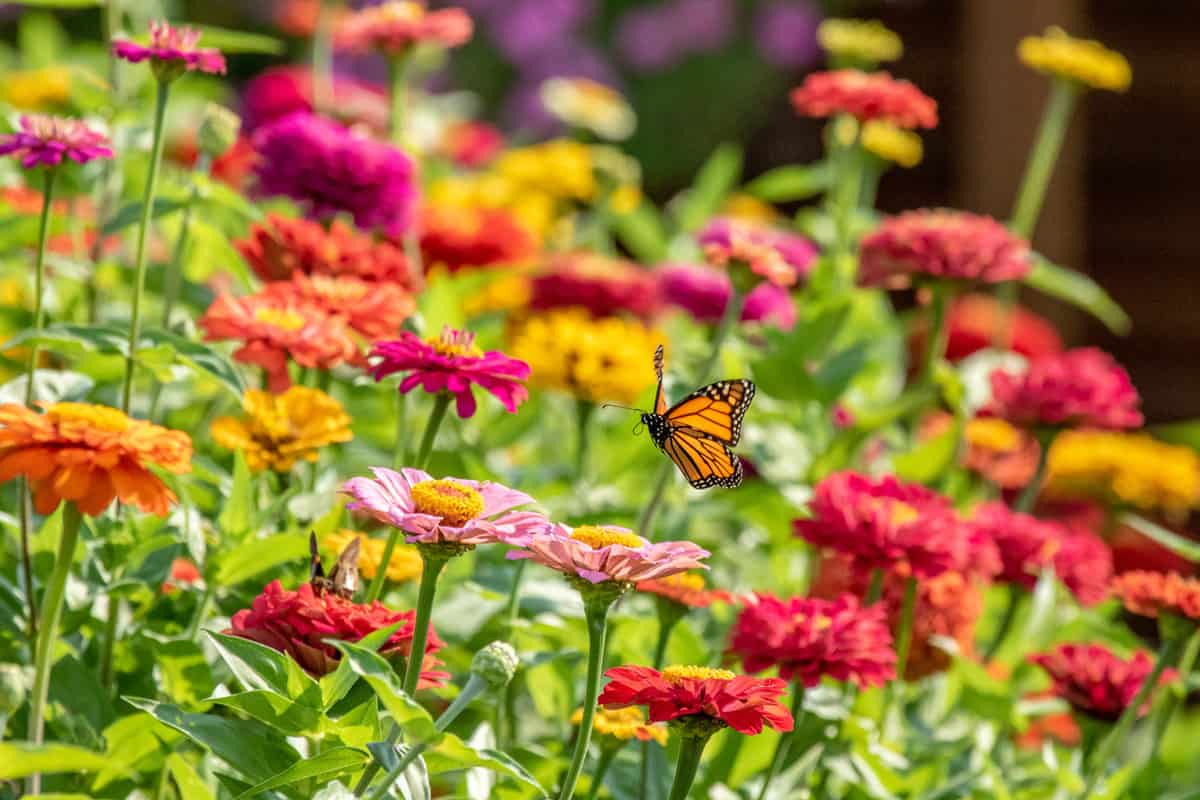
Colorful zinnias grow as perennials from the southern US, through Central America, all the way down to Chile. In most of the US, however, they are grown as annuals.
Zinnias love the sun but hate frost and transplanting. As such, you'll have the most luck starting them from seed in a sunny spot in your garden after the last frost has passed. Fortunately, they grow quickly and will start rewarding you with flowers in two to three months. Accelerate their flowering by providing them with soil rich in compost.
8. Celosia
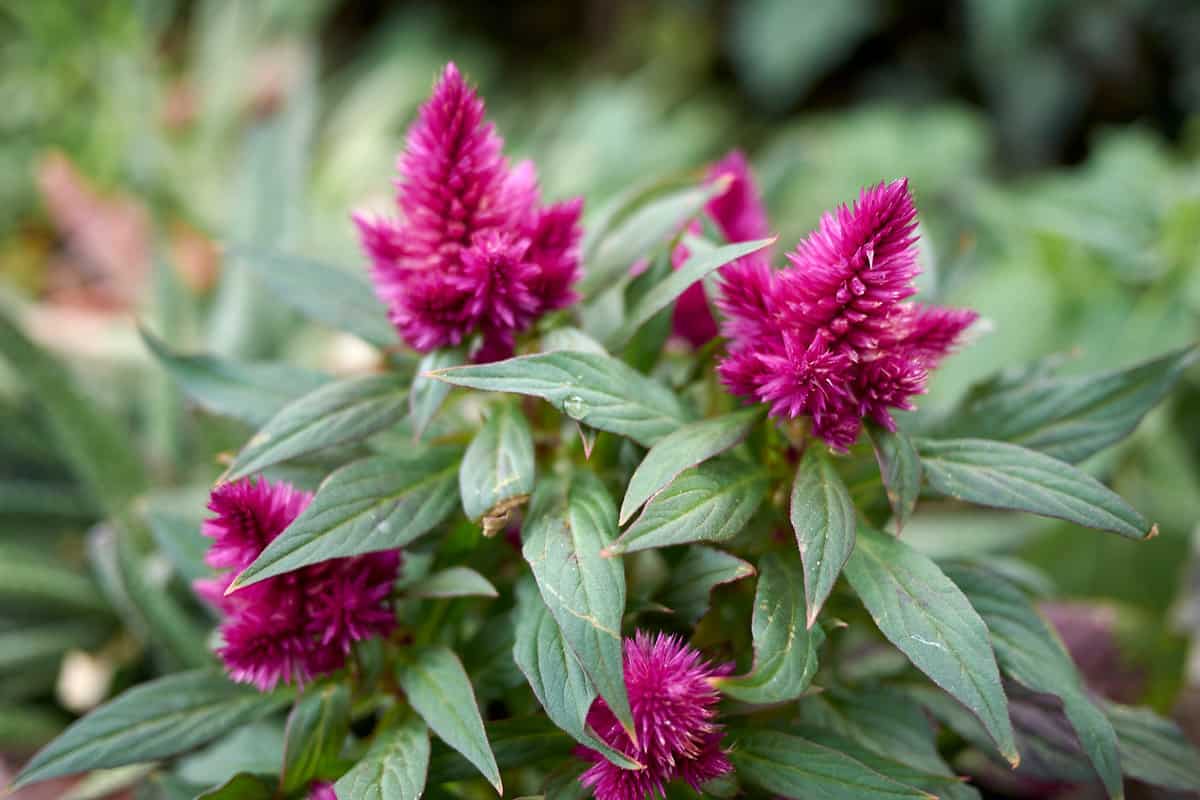
Celosia comes in three main categories, each featuring a unique flower shape. Cristata are known for their coxcomb flowers, plumosa for their feather-like plumes, and spicata, shown above, for their flowers shaped like sheaves of wheat.
While celosia flowers are perennials in zones 9 and warmer, they grow well as annuals in colder zones, including zone 5B.
To get the most of their growing season, you'll want to start them indoors. The sun-loving seedlings benefit from grow lights when started indoors. After the first frost has passed, harden the seedlings outside before transplanting them to a sunny spot.
9. Spider Flowers
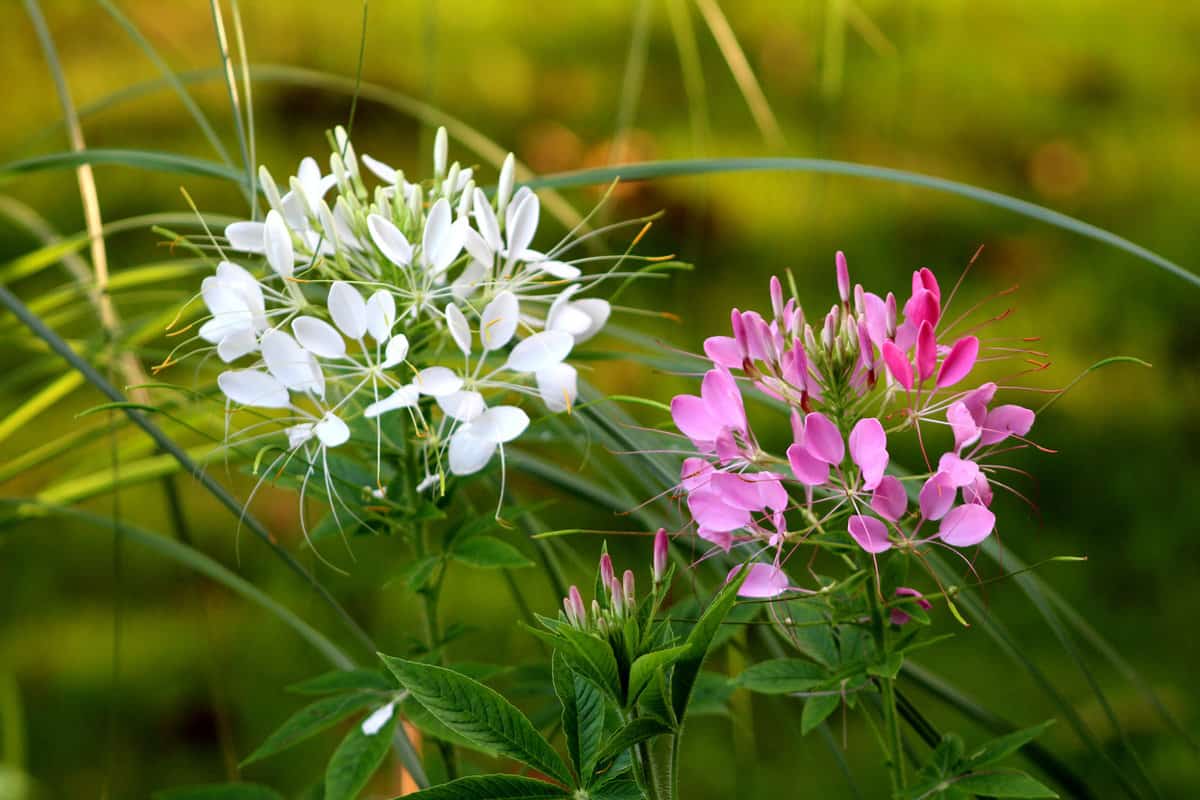
Spider flowers, also known as cleomes, can become a great main attraction in your garden. Part of this is due to the flowers' unique shape, but they are also impressively tall annuals, growing up to three to four feet tall.
While their seeds can be sown in fall in hot zones, they grow best from spring transplants in zone 5. Make sure you plant them where they get plenty of sun, as their tall stems can topple with insufficient light.
10. Sweet Peas
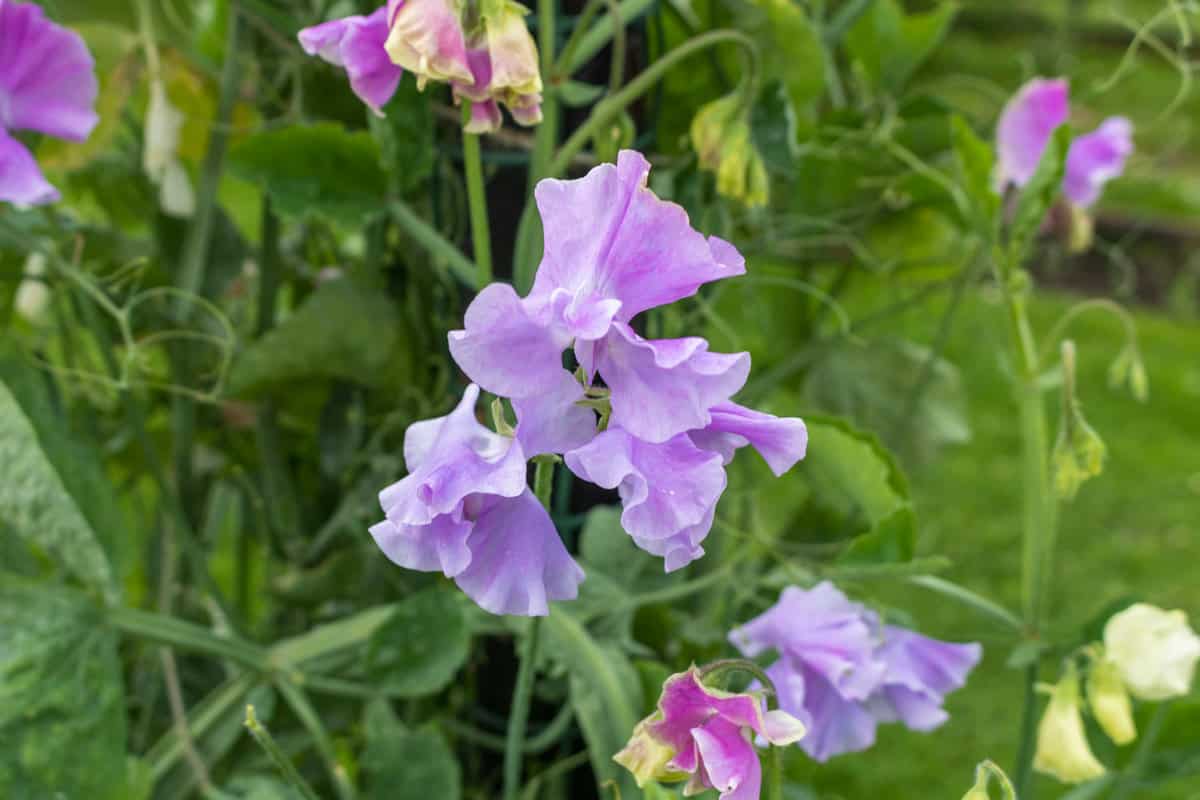
Sweet pea isn't just a cute nickname for your loved one; sweet pea flowers are colorful and almost iris-like in shape.
Sweetpeas are also more cold-tolerant than many other annuals. You can start them from seeds indoors 6 or 7 weeks before the last frost, then plant them in a sunny spot once your garden soil is workable.
You can save the seeds from your last flowers, dry them, and use them next year. Alternatively, you can opt for everlasting pea, a perennial variety hardy in zones 5 - 9.
Annuals For Shady Spots
Under trees and taller plants or below the cast shadow of your home, gardens often contain plenty of shady areas. However, don't think that because these spots aren't bathed in light they can't also bask in beauty. The secret is choosing plants whose native habitats are among the dark or dappled.
Remember that several of the annuals that do best in full sun can also work in partial shade. These include the sweet alyssum and ageratum, mentioned above, as well as some varieties of fuchsia, lobelia, and browallia. While these won't produce as many flowers in partial shade, they can still add to your summer display.
If you're looking for annuals that take to the shadows, though, we've got you covered. These annuals can handle the shade and shine where the sun can't.
1. Begonias
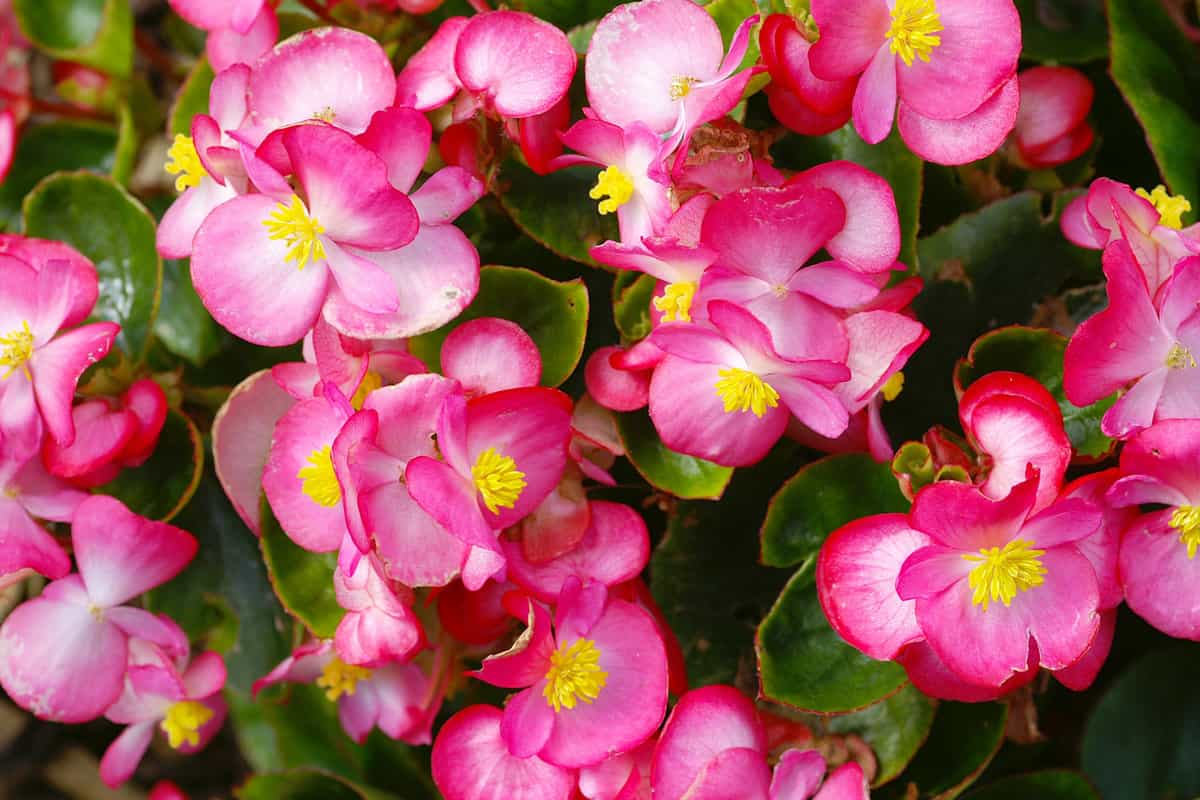
The first of our shady plants, begonias are another flower that fall into the technically-perennial-but-often-grown-as-annual camp. This is especially true for cold zones, as begonias can't stand up to a frosty winter.
While it is possible to start begonias from seed, most gardeners get them as tubers that can be planted in spring, after the last frost. They prefer having at least partial shade but can grow well in dappled sunlight too.
2. Impatiens

Impatiens don't just tolerate shade; they prefer it. Full sun can be too intense for these lovely flowers, so keep them in full or partial shade.
They like moist soil, so you may need to water them yourself if rainfall is scant. Plant them after the last frost in soil that drains well.
3. Cineraria
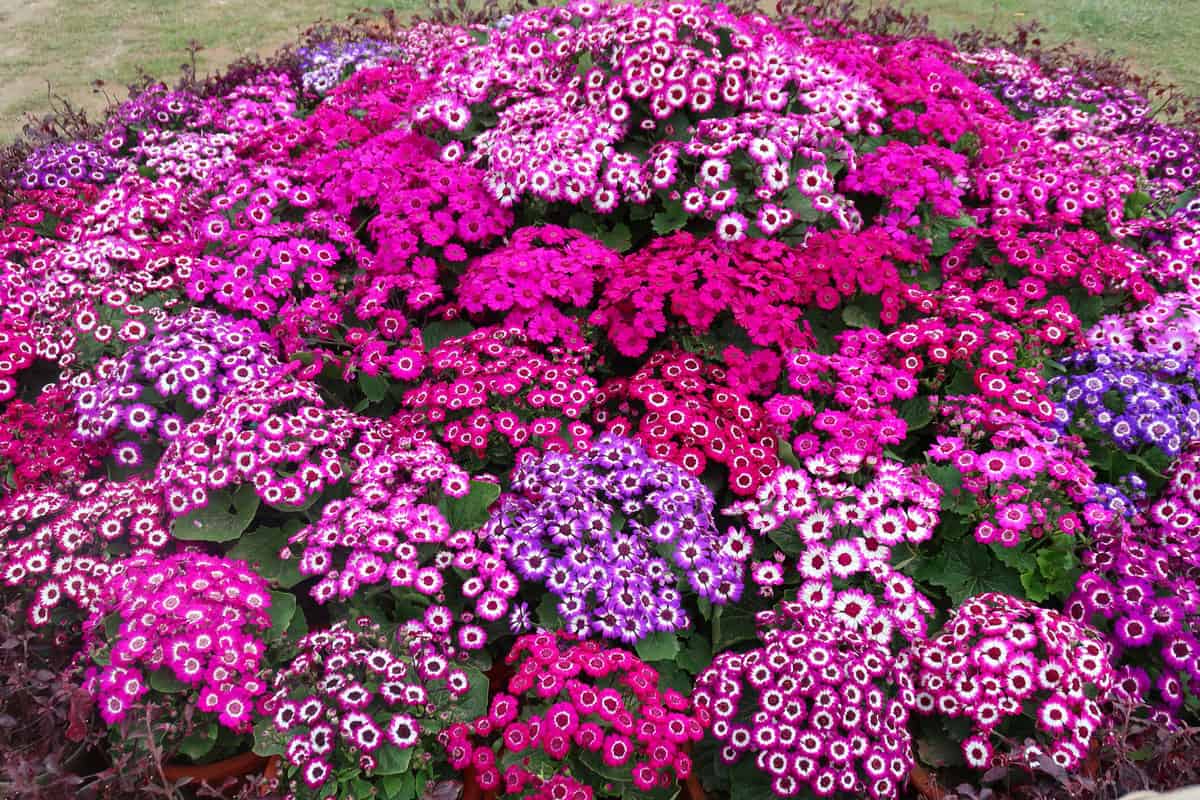
Cineraria have recently become popular as annuals, particularly for container growing, but they also do well in flower beds. These flowers don't do well in full sun, preferring dappled sun or partial shade instead.
Cineraria take a long time to flower after germination, so your best bet is to buy plants from a nursery after the last frost. These flowers do take a little care. They prefer rich and moist soil and also benefit from deadheading to promote growth of new blossoms.
4. Wishbone Flowers
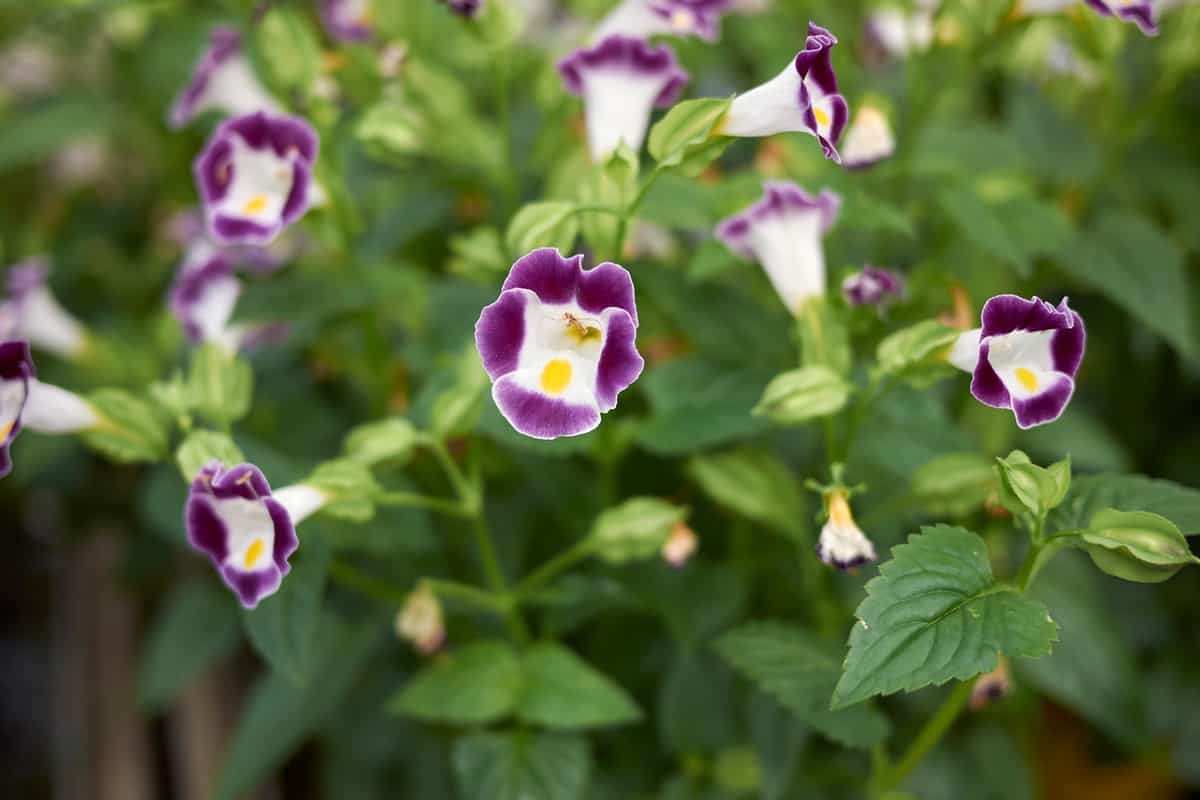
Wishbone flowers get their name from the shape of their stamen. However, it's their two-tone petals that really make these bushy annuals stand out.
They grow low to the ground and do well with partial sun/ partial shade. They start blooming late in spring and continue until they fade with the first frost.
As you might expect, these flowers don't like the cold. They shouldn't be planted outside until you are clear of the final frost. To make the most of zone 5B's growing season, you'll want to start seeds indoors a few weeks before the last frost. For a simpler approach, you can buy ready-to-plant specimens from a local nursery.
Final Thoughts
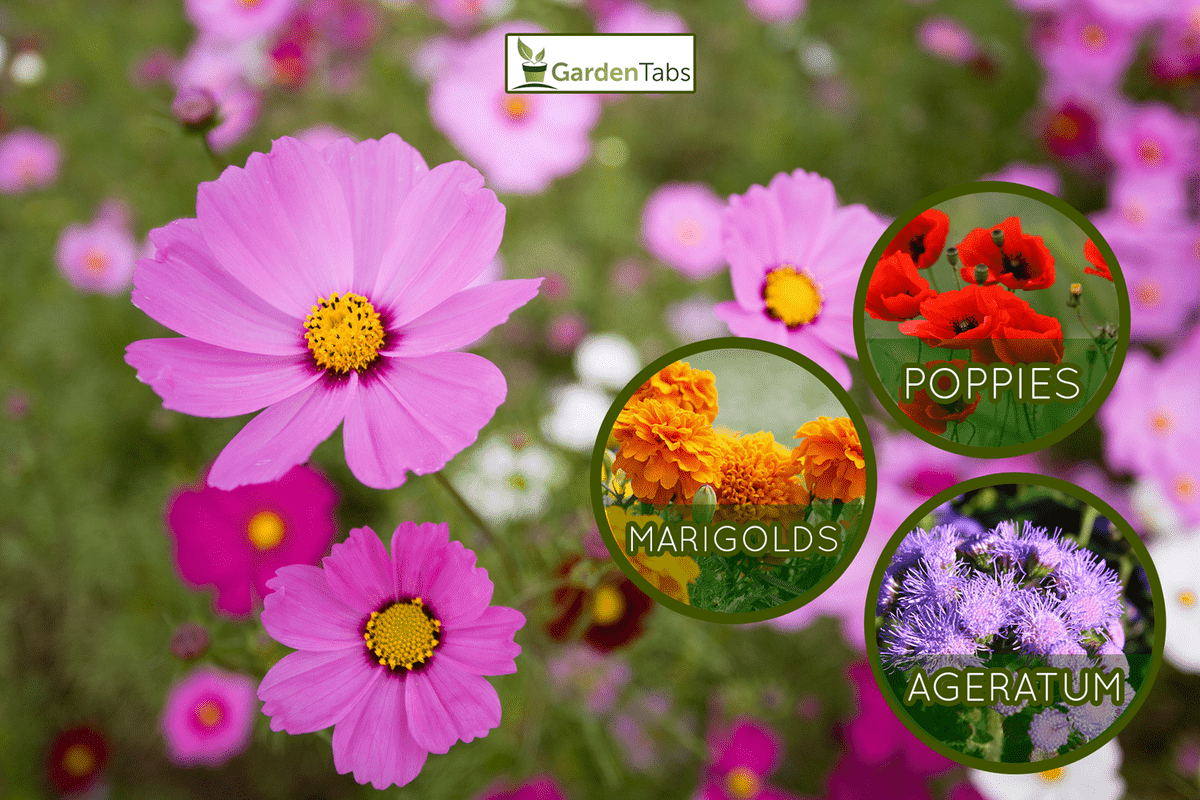
Now you know more about some of the best flowers you can grow in your garden, whether sunny or shady. While many of these flowers can be grown as perennials in warmer zones, they work great as annuals in zone 5B. Just remember to check the frost dates for your specific area and always watch the weather report!
If you found this article helpful, be sure to check out these great posts:
